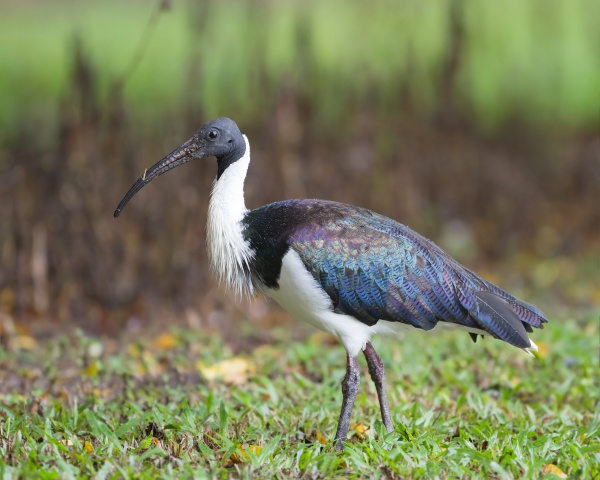Facts About Straw-necked ibis
The straw-necked ibis, a captivating bird from the Threskiornithidae family, is commonly found in Australia, New Guinea, and parts of Indonesia. These large birds are easily identifiable by their distinctive straw-colored neck feathers, dark iridescent wings, and long, curved black bills. They thrive in habitats such as freshwater wetlands, pastures, and grasslands but typically avoid arid and saline areas.
Straw-necked ibises are nomadic by nature, continually roaming in search of food. Their diet is quite varied, including insects, mollusks, frogs, and even agricultural pests like grasshoppers and locusts, earning them the reputation of being beneficial to farmers.
These birds are widespread throughout Australia, with the largest populations concentrated along the east coast. They also inhabit Norfolk Island and Lord Howe Island. Their breeding season varies depending on the region. Straw-necked ibises build their nests in colonies, using sticks and trampled vegetation to create a safe environment for their young.
Beyond their striking appearance, straw-necked ibises play a crucial role in their ecosystems. By controlling pest populations, they help safeguard crops, making them invaluable allies to farmers. Through their feeding and breeding behaviors, straw-necked ibises significantly contribute to maintaining the ecological balance of their habitats.
